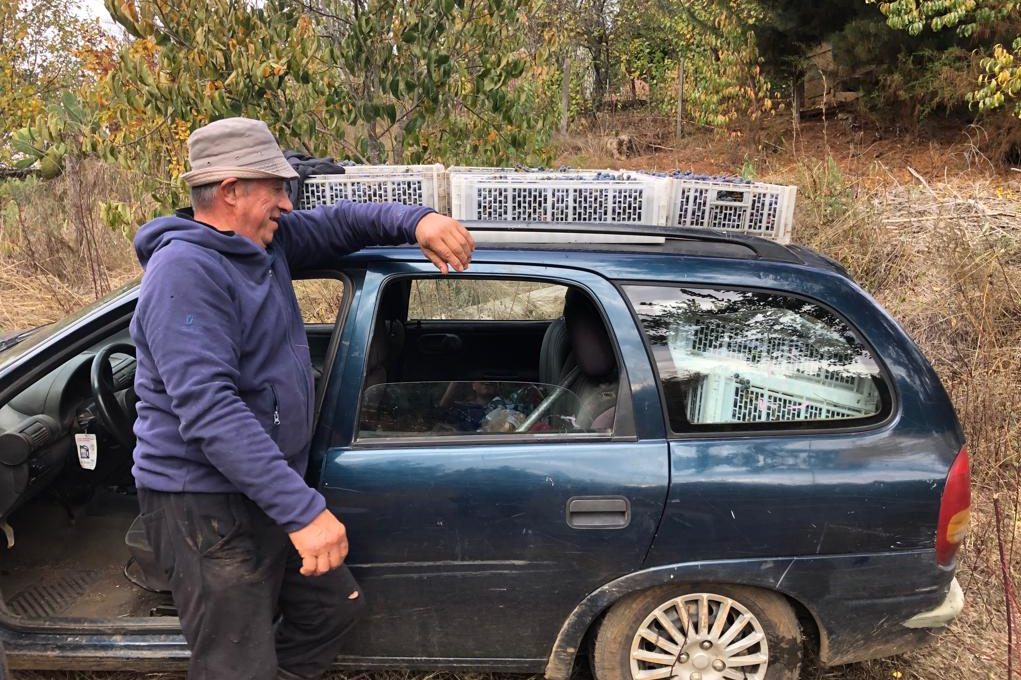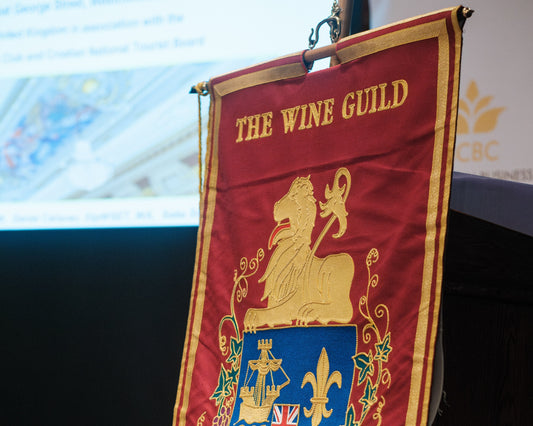Southern Chile is one of the coolest regions in the world in which to make wine. This dawned on me on a misty morning on April 25 2019, when Roberto Henriquez was driving me in his 4x4 over a rumbling dirt road to Viña Doña Luisa in Millapoa. This was Pato’s place, built on the left bank of the Bío-Bío river, by Pato himself, over a fortification used by the 16th-century Spanish conquistadores in their final stand-off with the indigenous Mapuches. It is from here, from among Pato’s seven or so hectares of centenarian vines, that I was sourcing fruit to make my 2019 País.
My decision to work with Roberto Henriquez was an easy one to make. He has become the lynchpin of a sort of revivalist movement in Chilean wine, working with ungrafted, dry-farmed País and other heritage Chilean varieties from in Itata and Bío-Bío, and successfully exporting his fantastic handmade wines to the trend-forming wine capitals of the world. Similarly influential producers southern include Manuel Moraga (Cacique Maravilla), Renán Cancino (Huaso de Sauzal), Jose Luís Bastías (González Bastías), Mauricio Gonzalez Carreño and Leo Erazo (Rogue Vine). These producers are dedicated to the minimal-intervention winemaking which continues to define this part of the Secano Interior. This often includes the use of zaranda bamboo destemmers, foot-stomping in traditional lagares and the use of rauli beech wood open fermenters and pipa barrels – the latter used to mature deliciously gluggable pipeño wine.
The phylloxera-free, centenarian vines these producers work with, mainly País and Moscatel de Alejandría, but also Cinsault, Cariñena, Malbec, Corinto (Chasselas), Sémillon and Torontel, were brought over by the Spanish in the 1500s have been an integral part of the rural way of life in these regions ever since. País is the cynosure, the Cinderella grape variety, the one that wealthy land owners sought to demote as they imported fancy French varieties in the 1800s, but which is now emerging from its exile. It is a variety capable of superb terroir expression, endowed with what Chilean sommelier Héctor Riquelme describes as a noble rusticity with limitless potential.
I chose to make my wine in Bío-Bío because it produces the freshest examples of país. Pato’s bodega, Viña Doña Luisa, and vineyards are located in the Millapoa sub-region of Bío-Bío, 20km north of Nacimiento. Roberto has invested a lot in the vinegrowing land of this sub-region, planting new vines of país, semillon and a recently rediscovered Spanish variety, Uva Rey (Roberto found just a single vine of this old white variety of Jerez in Millapoa) on País rootstocks, on the area’s alluvial and basaltic sand volcanic soils.
This is just one special site for País but on my winemaking trip I discovered others. In Itata, Fundo La Unión, about 10-15km from the ocean, with cooler conditions than the interior and excellent decomposed granite soils, was one of the best. I tasted from a barrel of 2018 País made from this site and it blew my sombrero off. Roberto will bottle a single-site ‘Unión’ país in future. Another exciting site is Pilen Alto, a bit further north, in Maule. From País grown here, natural winemaking couple Macarena de Rio and Thomas Parayre bottle a scintillating wine under their Macatho label.
It’s thanks to the hard work of people like Roberto that this story of traditional Chilean wine is now being told. It’s my highest hope that, in their small way, my few-hundred bottles of Millapoa País serve to highlight the work that he and others like him are doing.
AUTHOR
Darren Smith is a freelance wine writer. After several years of writing about wine and tiptoeing around the idea of winemaking, last year he decided to launch his own ‘gypsy winemaking’ project – called The Finest Wines Available to Humanity (TFWATH).
FACT FILE
Chile
Geography: Located between the Pacific Ocean and the Andes. Over the years the vineyard area has expended from the fertile Central Valley to the north and the south. Chile has Mediterranean climate with warm summers, rainfall mainly in the winter. Temperatures are regulated by the cold Humboldt current.
Grape varieties: País, Cabernet Sauvignon, Merlot, Carmenère, Syrah, Pinot Noir, Sauvignon Blanc, Chardonnay
Viticulture: The country is Phylloxera free, grafting isn’t necessary. Irrigation is common especially in the north of the Central Valley.
Winemaking: Chile has attracted a large amount of foreign investment, wineries are equipped with modern technology. Winemaking used to belong to a handful of wine families, but a new generation of winemakers is emerging especially in the southern regions
Regions: Coquimbo (Elqui, Limarí), Aconcagua (Aconcagua, Casablanca, San Antonio), Central Valley (Maipo, Rapel, Curicó, Maule), Southern Region (Itata, Bío-Bío, Malleco)




